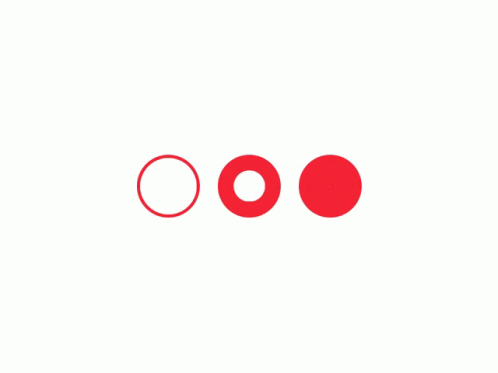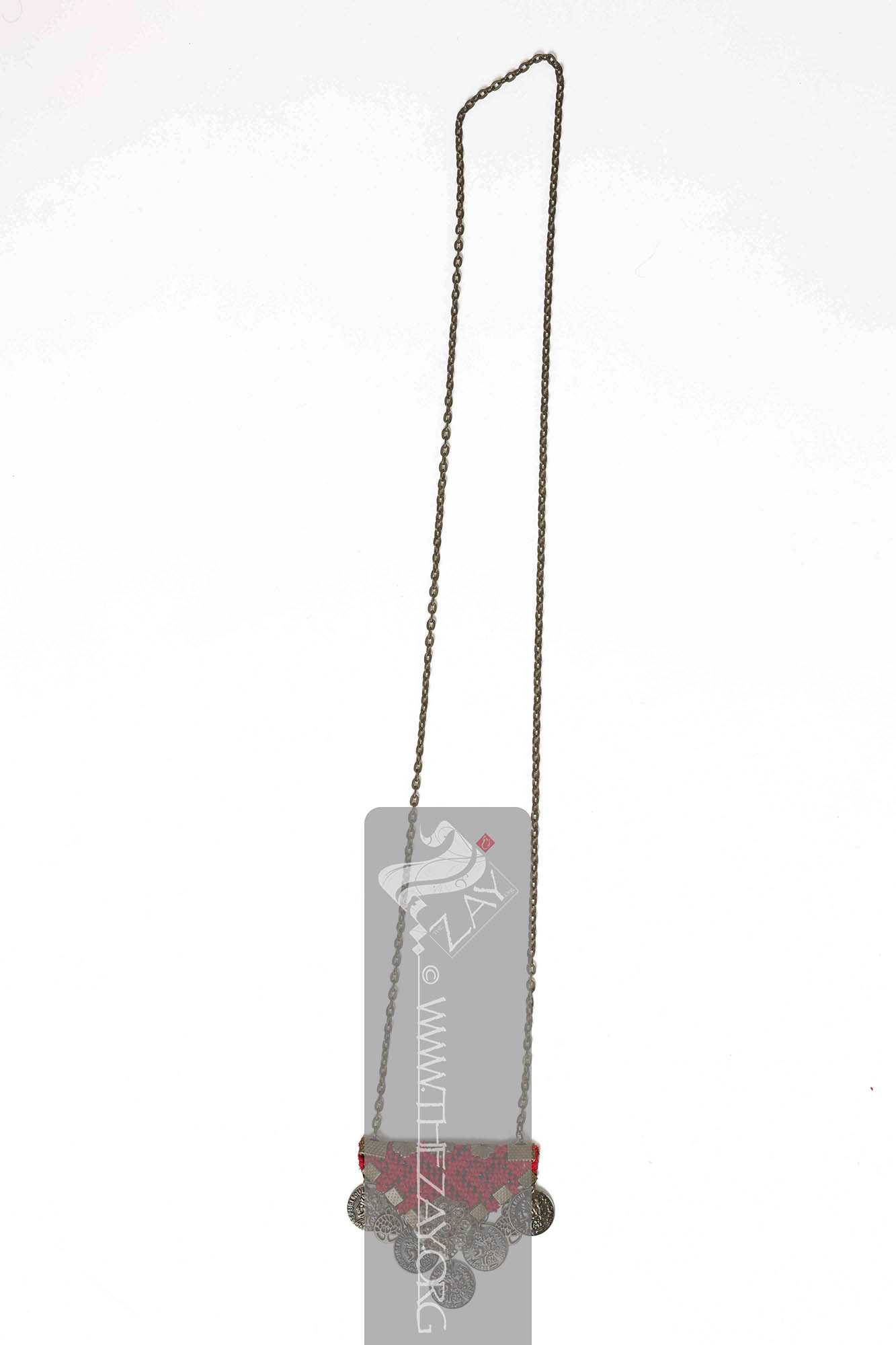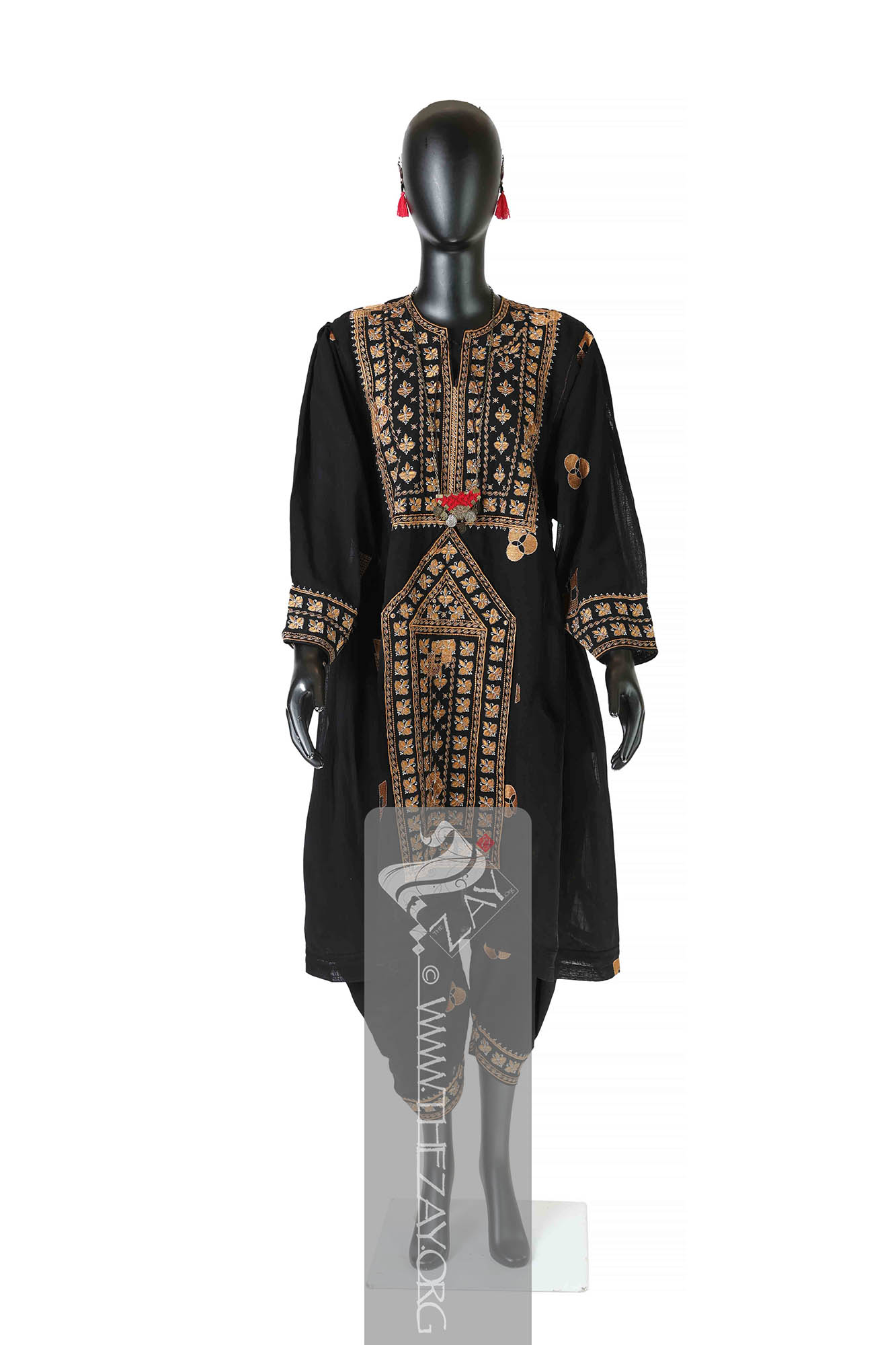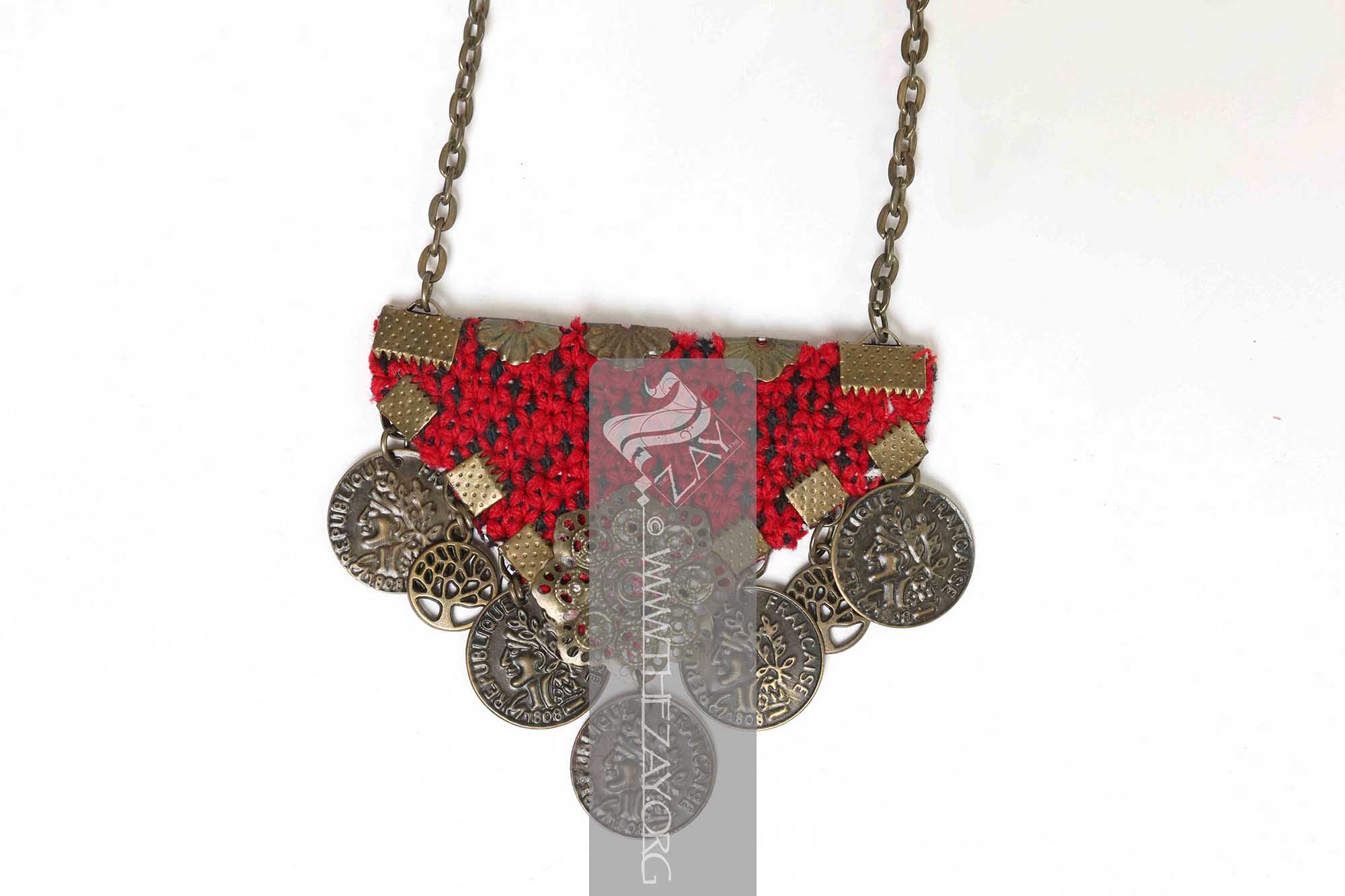








| Local Name | - |
| Object Category | Accessory |
| Gender | Female |
| Place Of orgin | Asia |
| Region | Sistan and Baluchestan |
| Object Range | Iran, Pakistan, Afghanistan, India |
| Dimensions | Length: 45 cm Width: 6 cm |
| Materials | Wool Metal |
| Technique | Hand Stitched Hand Embroidered |
| Color | |
| Motif | Floral Geometric |
| Provenance | Purchased, dealer, Iran 2020 |
| Location | The Zay Zay: (Arabic: costume, Pl. azyaā’), a set of clothes in a style typical of a particular country or historical period. Initiative |
| Status | In Storage |
| ZI number | ZI2020.500734b ASIA |
Object Note
Part of an ensemble consisting of three more items in the collection (ZI2020.500734 ASIA, ZI2020.500734a ASIA, and ZI2020.500734c ASIA).
Object History
This red and black woollen woman’s necklace with metal work native to the Balochi/Baluchi tribes native to Iran, Pakistan, Afghanistan, and India was purchased by Dr. Reem Tariq
Ṭariq: (Arabic; Synonym: tulle_bi_talli
Tūlle_bi_tallī: (French: Tulle – a city in France where fine material for veil was first made; Turkish: tel – wire; Synonym: tariq; talli; badla; khus_dozi ), series of small metal knots made on a woven net ground as embellishment. The term is commonly used in the North African Arab region specifically in Egypt. Ṭariq: (Arabic; Synonym: tulle_bi_talli
Tūlle_bi_tallī: (French: Tulle – a city in France where fine material for veil was first made; Turkish: tel – wire; Synonym: tariq; talli; badla; khus_dozi ), series of small metal knots made on a woven net ground as embellishment. The term is commonly used in the North African Arab region specifically in Egypt.
Object Features
This is a woman’s neck ornament or necklace with a metal – possibly brass – chain. The pendant is made of a triangular-shaped felt embellished with red wool with possibly (buttonhole_stitch
Buttonhole_stitch: It is a decorative embroidery or looped stitch that is worked around the edge of an opening like the edges of buttonholes, creating a strong durable and neat finish.
The metal plates adorning the pendant have embossed or carved floral and geometric designs. A large, round-shaped central plate with a filigree of a floral motif adorns the central drop of the pendant. This is accompanied by two small round filigree medallions with a tree motif and five round pieces of metal coins with a Laurette bust, legends, and dates hanging from the edges of the pendant.
The coins are possibly made of aluminum originally, with nickel plating. The legend and date read ‘Republique Francaise 1808’, testifying that these were possibly currency tokens that exchanged hands in the region, especially in Persia and parts of Greater Persia between c.1807-1809 – a period that witnessed a Franco-Persian alliance between Napoleon I (Bonaparte) and Fath Ali Shah of Qajar Persia.
The presence of these coins thus testifies that this piece, along with the rest of the ensemble that accompanied it, possibly originated in present-day Sistan and Baluchestan province of Iran.
Links